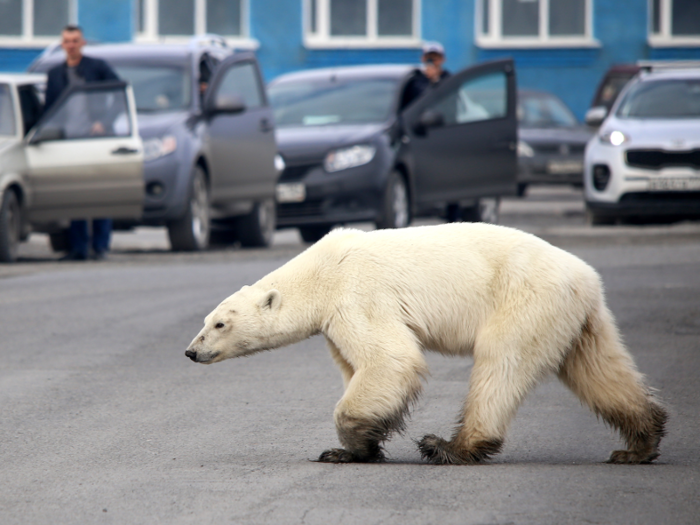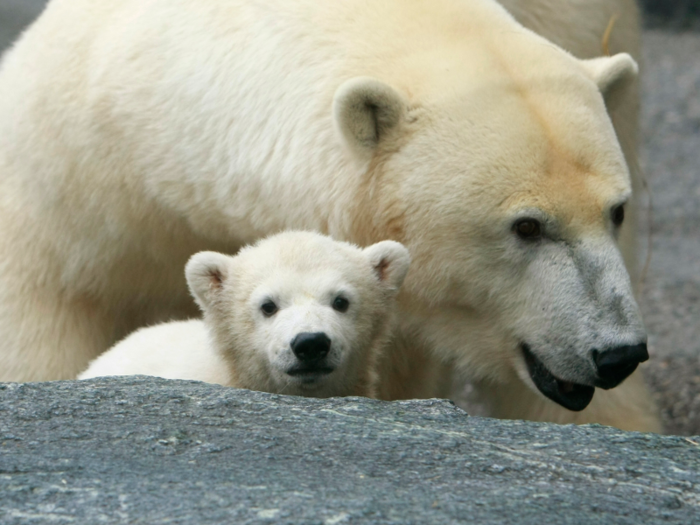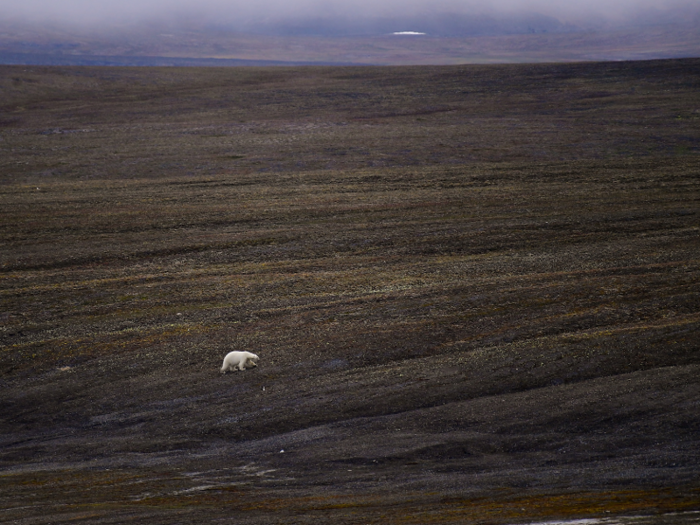- Home
- slideshows
- miscellaneous
- 27 photos show how climate change has ravaged the Arctic in the past decade
27 photos show how climate change has ravaged the Arctic in the past decade
In 2012, almost all of Greenland's ice sheet was exposed to melting for the first time in documented history.

By the last week of July 2019, the rate of melting reached levels that scientists with the United Nations' Intergovernmental Panel on Climate Change (IPCC) had projected for the year 2070 — in a pessimistic scenario.
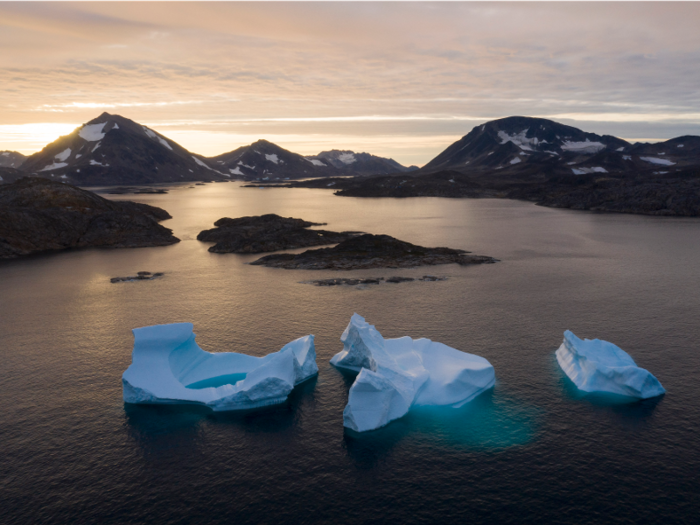
Source: Business Insider
That month — the hottest ever recorded on Earth — 55 billion tons of water melted into the ocean in only five days.
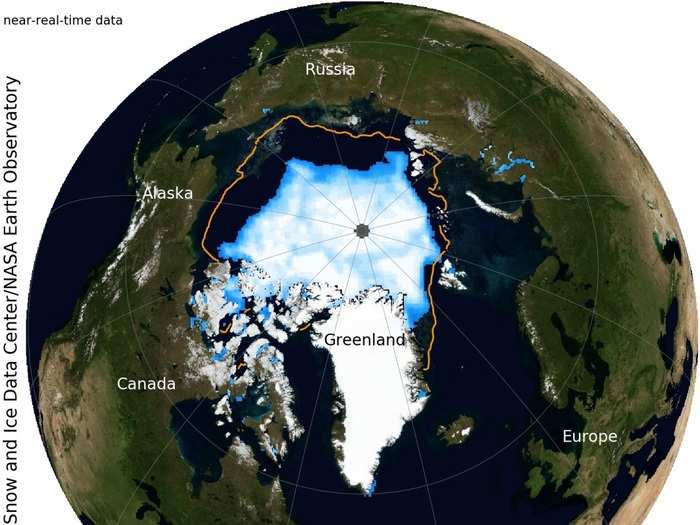
Source: Business Insider
Together, Greenland's and Antarctica's ice sheets hold more than 99% of the planet's fresh water.
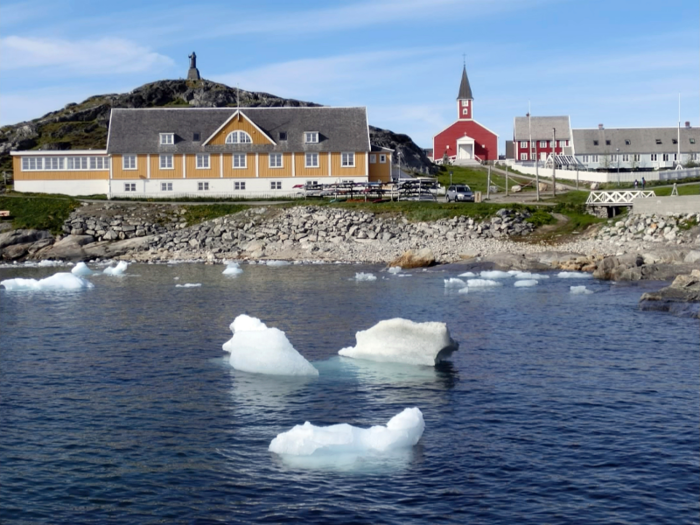
Source: Business Insider
In the last decade, an average of about 252 billion tons of water melted from Antarctica's ice sheet each year.
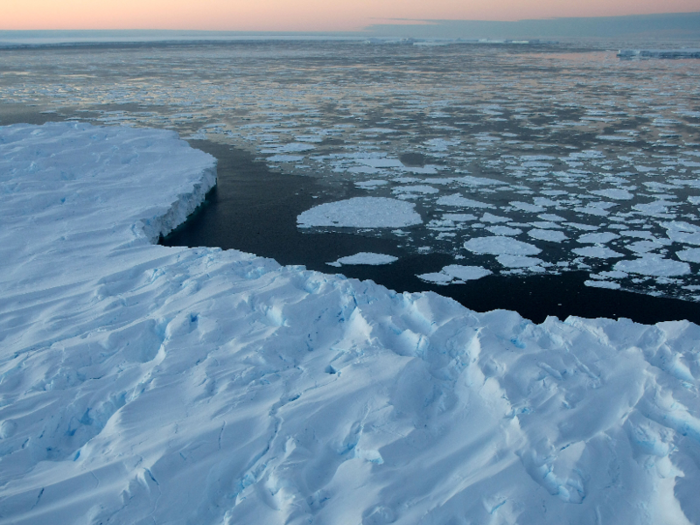
Source: Business Insider
In Greenland, an average of 280 billion tons of ice melted per year over the last decade.
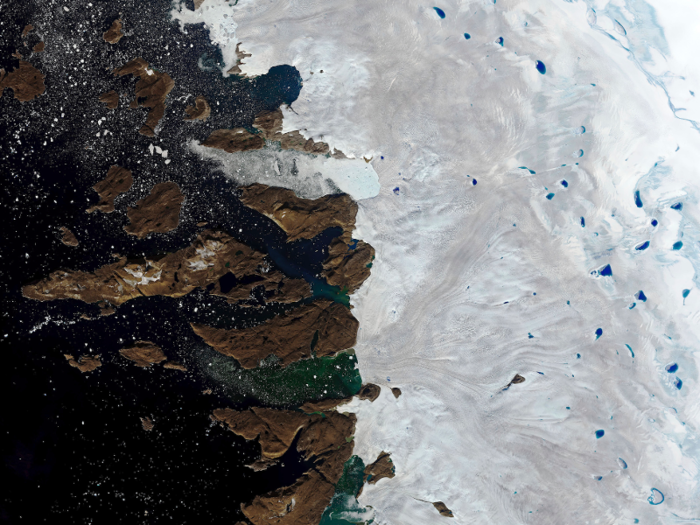
Source: Business Insider
Compared to the annual ice melt Greenland saw in the 1990s, that's a seven-fold increase.
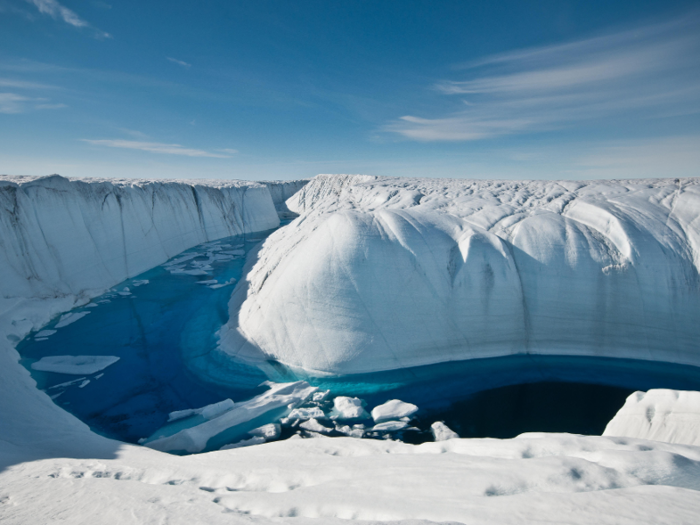
Source: Business Insider
Greenland's ice loss hit a peak in 2011, when 369 billion tons of ice separated from the sheet. That's 10 times the annual average melt rate seen in the 1990s.
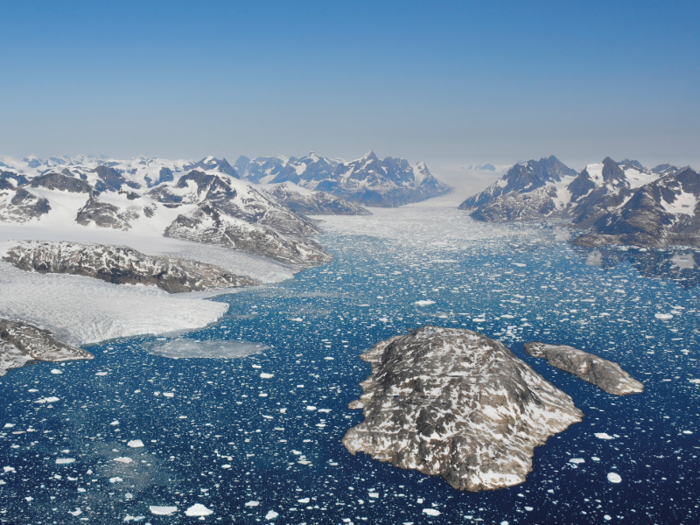
Source: Business Insider
The Arctic is warming twice as fast as the rest of the planet. That has devastating consequences for the animals in the Arctic, especially when it comes to their food supply.
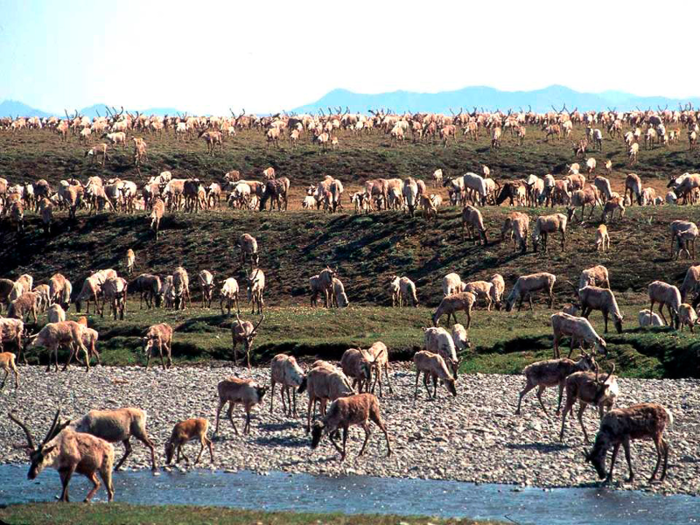
Source: Business Insider
For example, reindeer in the Arctic typically dig under the snow to find food like lichens and grass in the winter.
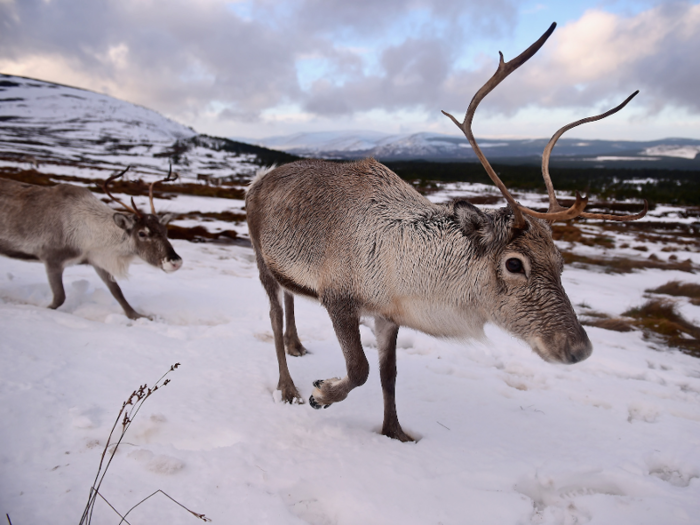
Source: Business Insider, Science Daily
But unusually early snowfall followed by freezing rain in Sweden's Arctic in 2019 trapped the plants that reindeer feed on beneath the ice.
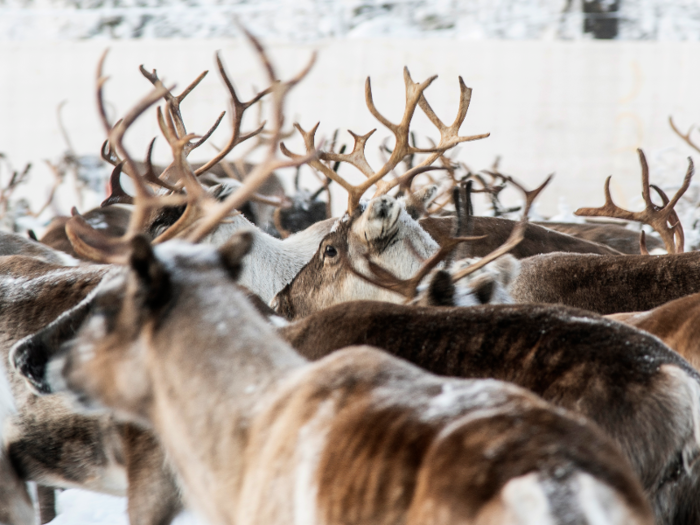
Source: Boston Globe
As a result, hundreds of reindeer are dying. Last winter, more than 200 reindeer died of starvation.
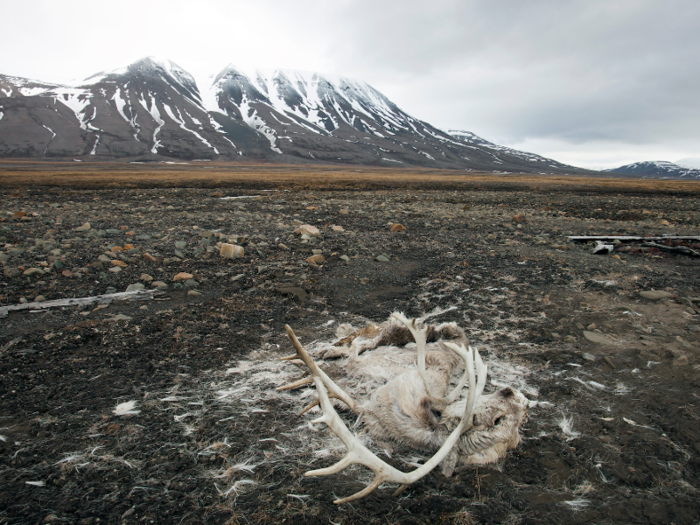
Source: USA Today, New York Times
Reindeer aren't the only animals whose food supply has been compromised over the last decade.
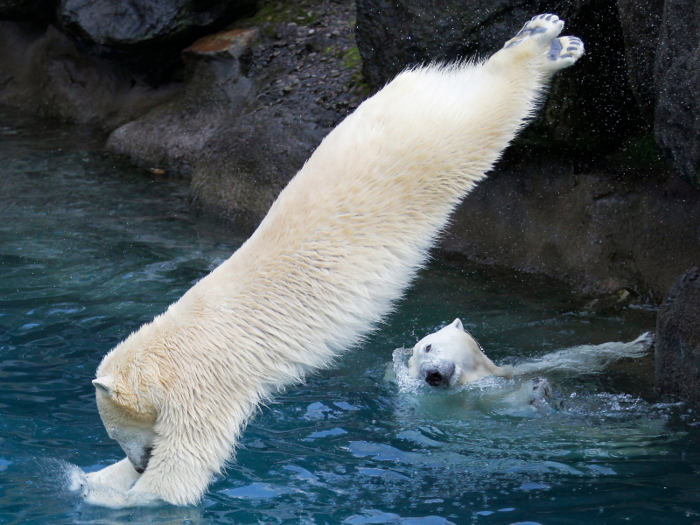
Source: Business Insider
Polar bears sometimes hunt underwater, but long swims in the Arctic can lead to energy depletion and hypothermia. So they need to rest on ice.
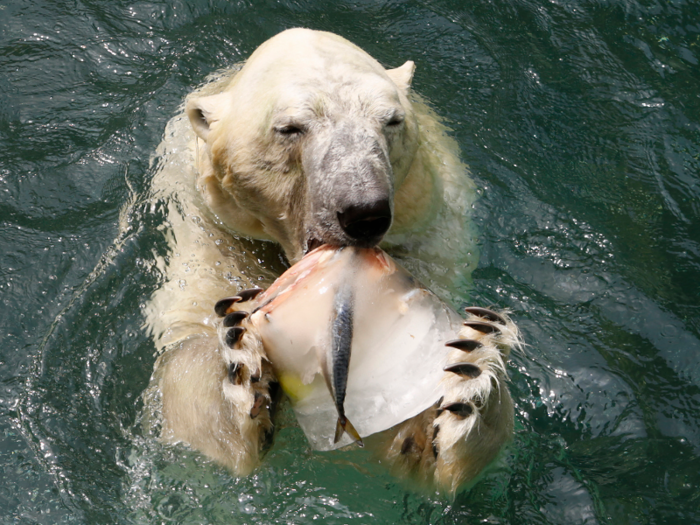
Source: Business Insider
Thinning ice makes it harder for polar bears to travel far enough to find food.
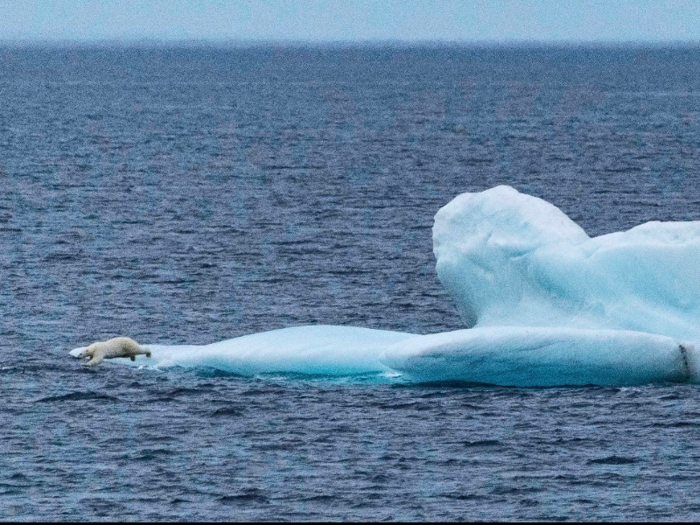
Source: Business Insider
Thinning ice also led Arctic ringed seals, the polar bear's main source of food, to become endangered.
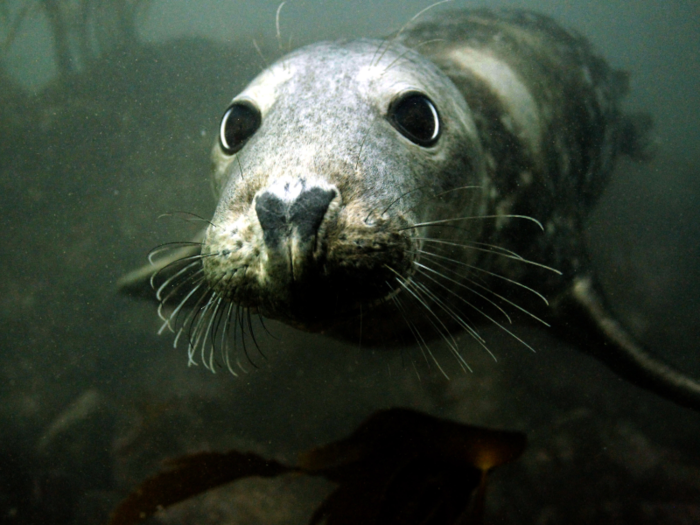
Source: Business Insider
As a result, starving polar bears have been spotted wandering into towns ...
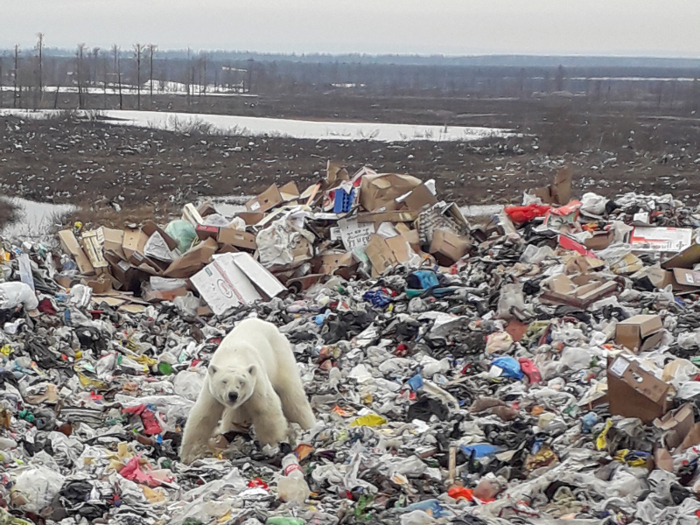
Source: Business Insider
Persistent organic pollutants (POPs) have been widely used in commercial products like plastics, pesticides, and insecticides, and they take a long time to degrade, can be transported over long distances, and often wind up trapped in the Arctic.
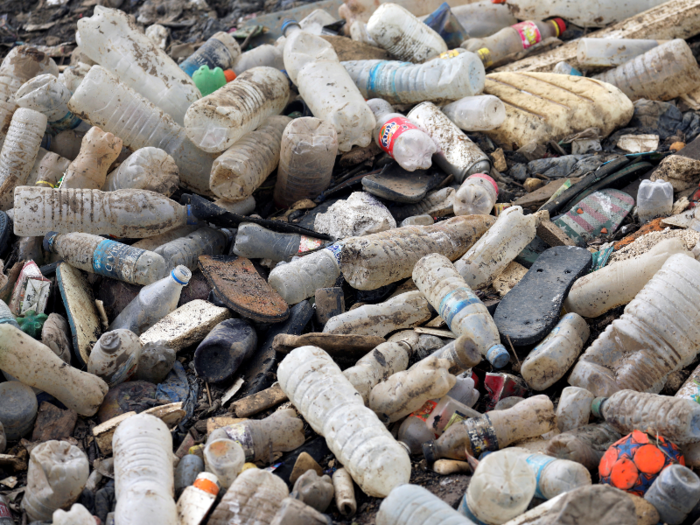
Source: Business Insider, The Arctic Institute
The Arctic Ocean has become the Northern Hemisphere's "dead end" for floating plastic, The Atlantic reports, and POPs often contaminate polar bear milk, leaving cubs with toxic pollutants in their bodies.
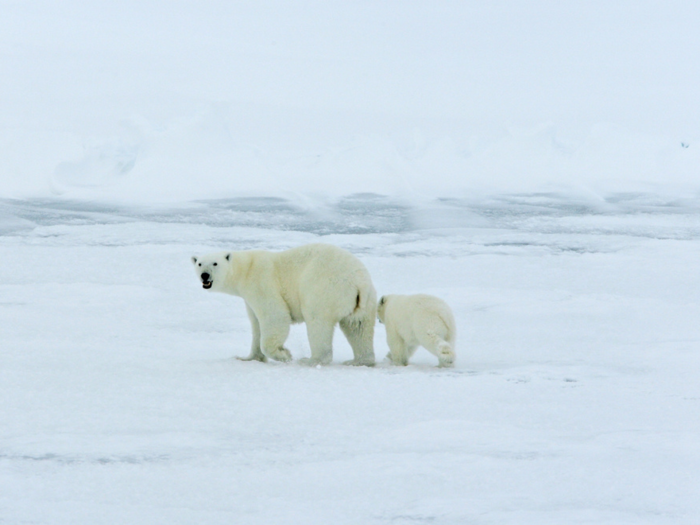
Source: The Atlantic
Food insecurity is also a troubling threat for Alaskan Native communities, since they also rely on the ice for hunting. The ice provided a stable platform for fishing and hunting in the ocean, but as it thins, hunters struggle to find seals, walruses, and different fish they rely on to get through the winter.
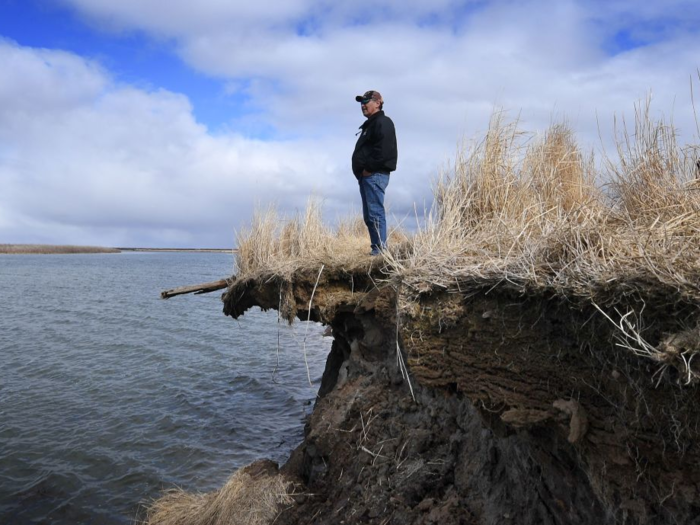
Source: Vice
People living in remote Alaskan villages also face flooding and erosion as a result of rising sea levels.
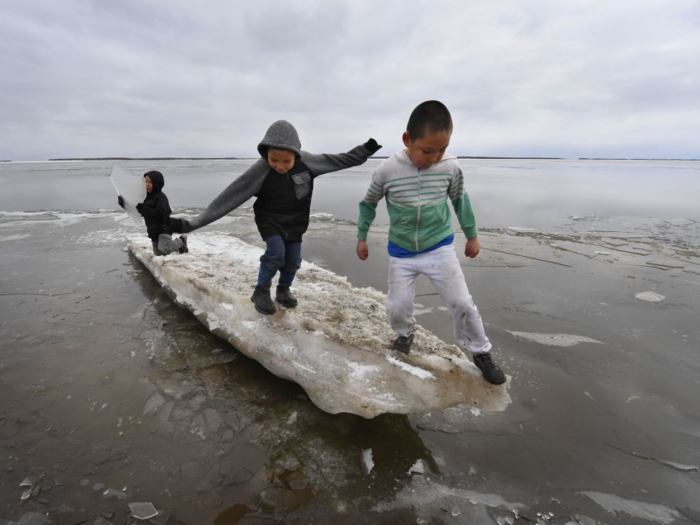
Source: Vice
These villages are becoming more isolated as ice roads that once connected them to one another melt.
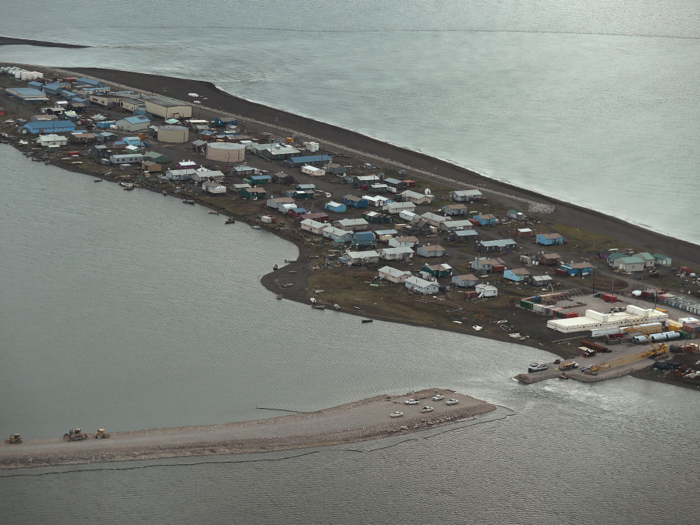
Source: Vice
It's not just rising temperatures that are melting the ice — it might be wildfires too. Research Ohio State University suggests that smoke and soot from Arctic wildfires may have forced melting in Greenland in 2012.
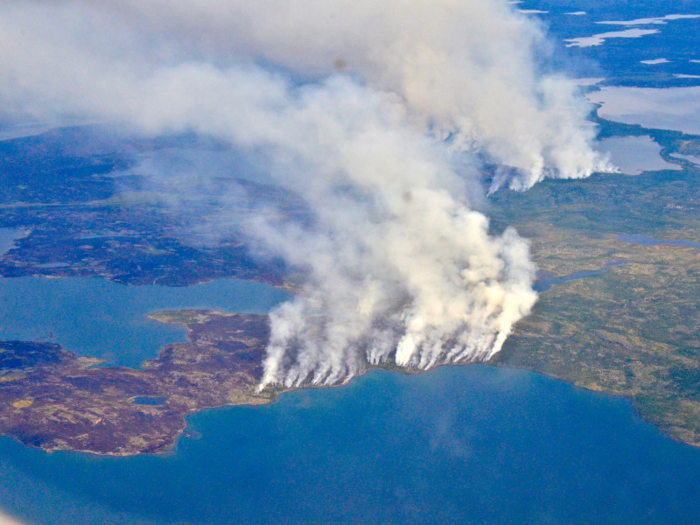
Source: Business Insider, Business Insider
Wildfires are known to break out in the Arctic during the summer season, but the 2019 fires raged longer and were more intense than in previous years. The World Meteorological Organization (WMO) tracked more than 100 fires in the Arctic Circle in the summer of 2019.
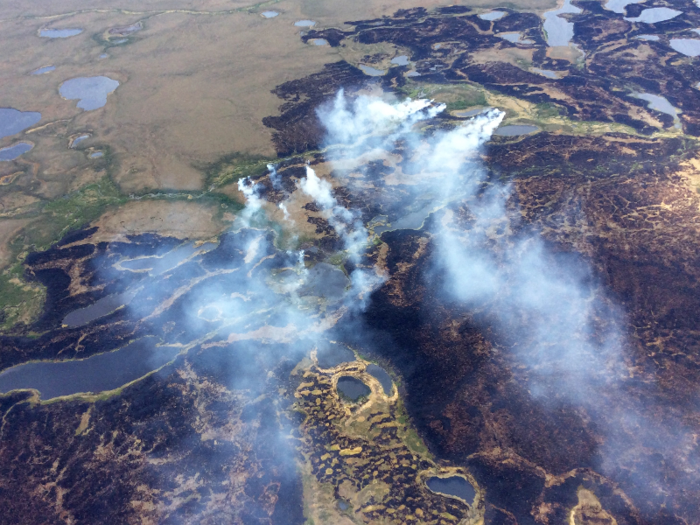
Source: BBC, Business Insider
Unusually hot and dry conditions in parts of the northern hemisphere — from the Mediterranean to the Arctic — have created ideal conditions for wildfires, according to the WMO.
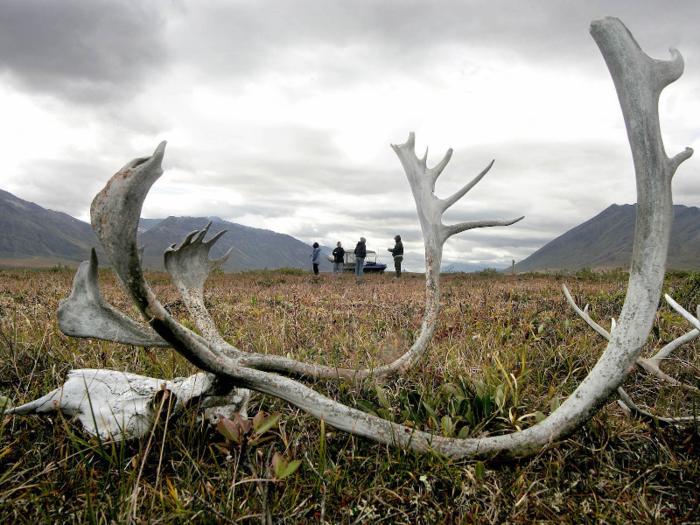
Source: Business Insider
If the rapid melting in the Arctic continues, 400 million people may be at risk of coastal flooding by 2100.
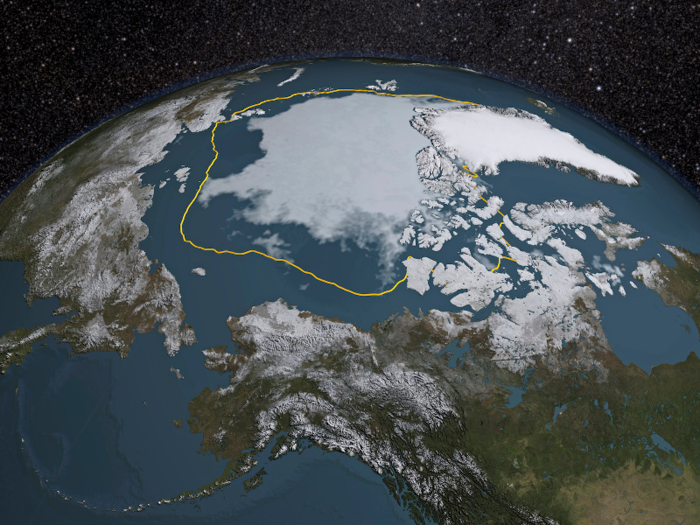
Source: Business Insider
Popular Right Now
Advertisement
